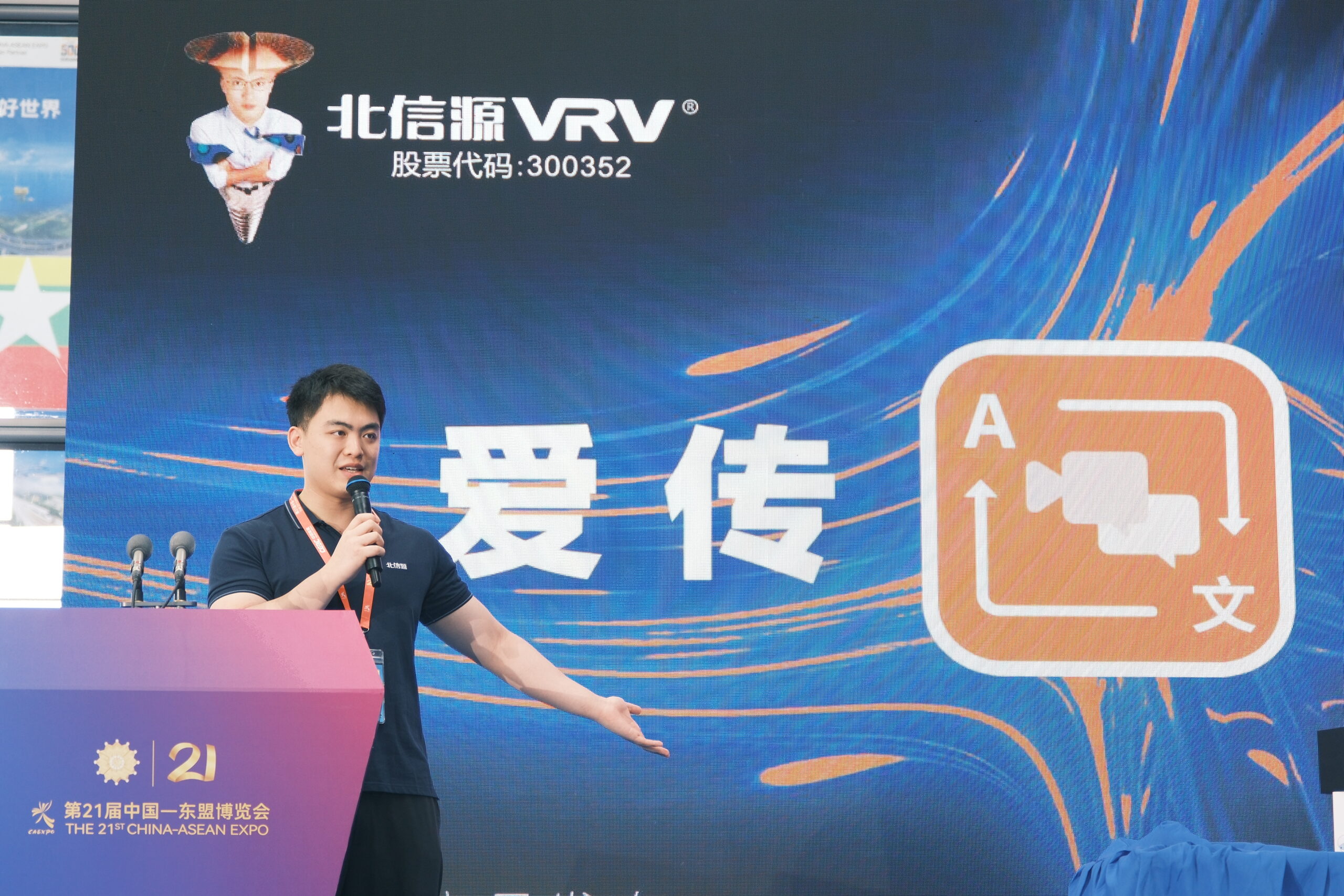Advancements in artificial intelligence and neuroimaging are converging to create groundbreaking methods for interpreting the human brain’s inner workings. Recent research has shown that by harnessing the power of magnetic brain scans and sophisticated AI algorithms, scientists can translate neural activity into typed sentences. This breakthrough not only deepens our understanding of cognitive processes but also paves the way for revolutionary applications in communication and medicine.

The Evolution of Brain Decoding Technology
Historically, neuroscientists have sought methods to decipher the language of the brain using various imaging techniques such as fMRI and EEG. However, each method has its limitations. The latest studies leverage magnetic brain scans—such as magnetoencephalography (MEG)—which offer millisecond-level precision, capturing the fleeting neural signals that accompany thought processes. When paired with state-of-the-art AI models, these scans provide a more detailed and dynamic picture of how thoughts are transformed into language.
How AI Translates Neural Activity
At the heart of this innovation is a deep neural network trained on extensive datasets that correlate specific patterns of brain activity with linguistic output. Here’s how the process works:
- Signal Acquisition: MEG captures the magnetic fields generated by neuronal activity. This non-invasive technique records brain signals with exceptional temporal resolution.
- Data Preprocessing: Raw brain data is cleaned and filtered to remove noise and artifacts. This step is crucial for ensuring that only relevant signals are processed.
- Model Training: AI algorithms learn to associate particular patterns in the magnetic signals with words or sentences. The training involves large datasets where brain scans are paired with intended textual outputs.
- Real-Time Decoding: Once trained, the AI system can process incoming brain data almost in real-time, translating neural activity into typed sentences with increasing accuracy.
This intricate process marks a significant shift from earlier brain-computer interfaces, which often required cumbersome calibration and yielded less precise results.
Behind the Scenes: The Decoding Process
While the core concept may seem like science fiction, the methodology is firmly rooted in advanced data analytics and neuroscience:
- Individual Calibration: Each brain is unique. Researchers often begin with subject-specific calibration sessions, ensuring that the AI system accurately maps the neural signatures of an individual’s thought patterns.
- Multi-Modal Integration: Although magnetic scans are at the forefront, integrating data from complementary imaging techniques (such as EEG) may further refine the decoding process, overcoming limitations related to spatial resolution.
- Dynamic Learning: The AI models are designed to improve over time. Continuous learning algorithms adjust to subtle changes in brain activity, ensuring that the system becomes more reliable and personalized.
These additional details highlight an evolving landscape where interdisciplinary collaboration is key, bringing together neuroscientists, data scientists, and engineers to unlock the secrets of human thought.
Applications and Implications
The potential applications of translating thoughts into text are vast:
- Assistive Communication: For individuals with conditions that impair speech or motor functions (such as amyotrophic lateral sclerosis or stroke survivors), this technology could offer a new way to communicate, bypassing traditional methods.
- Brain-Computer Interfaces (BCIs): Beyond medical applications, the ability to decode thoughts could revolutionize how we interact with technology. Imagine controlling devices or composing emails simply by thinking.
- Cognitive Research: The insights gained from studying how the brain constructs language could shed light on fundamental cognitive processes, potentially advancing our understanding of learning, memory, and creativity.
- Neuroergonomics: In the workplace, enhanced brain decoding may contribute to designing environments and interfaces that better align with human cognitive capabilities, improving productivity and reducing mental fatigue.

Challenges and Ethical Considerations
Despite its promise, this emerging field is not without challenges:
- Technical Limitations: Neural signals are inherently noisy and complex. Current AI models, while impressive, still face hurdles in consistently decoding thoughts with high accuracy across diverse populations.
- Privacy and Consent: Decoding thoughts raises profound ethical questions. There is a critical need for strict data privacy protocols and transparent consent processes to ensure that neural data is used responsibly.
- Potential Misuse: As with any powerful technology, there is a risk of misuse. Safeguards must be established to prevent unauthorized access to an individual’s neural information or its exploitation in contexts such as surveillance.
- Regulatory Oversight: As the technology evolves, regulatory bodies will need to create frameworks that balance innovation with ethical considerations and individual rights.
Addressing these challenges requires not only technical ingenuity but also robust dialogue among scientists, ethicists, policymakers, and the public.
Future Directions
The journey from decoding magnetic brain scans to practical applications is just beginning. Future research is likely to focus on:
- Enhancing Accuracy: Continuous improvements in AI algorithms and signal processing techniques will help refine the precision of thought-to-text translation.
- Expanding Modalities: Combining magnetic brain scans with other neuroimaging methods may provide richer data and more comprehensive insights.
- Clinical Trials: Pilot studies in clinical settings will be crucial for translating laboratory breakthroughs into real-world therapies.
- Interdisciplinary Collaboration: Ongoing partnerships among diverse fields will drive innovations, ensuring that ethical, technical, and practical considerations evolve hand in hand.
As research progresses, this technology could transform not only our understanding of the brain but also the way we communicate and interact with the world.

Frequently Asked Questions (FAQ)
Q1: What technology is used to decode thoughts into text?
A: The process primarily uses magnetic brain scans, such as magnetoencephalography (MEG), paired with advanced AI algorithms that interpret neural signals.
Q2: How accurate is this brain decoding technology?
A: While still in development, current studies show promising accuracy. Ongoing research aims to improve the system’s reliability and adapt it to individual neural patterns.
Q3: Is the brain scanning process invasive?
A: No, techniques like MEG are completely non-invasive and safe, as they measure the natural magnetic fields produced by neuronal activity.
Q4: What are the practical applications of decoding thoughts into typed sentences?
A: Applications include assistive communication for individuals with speech or motor impairments, advanced brain-computer interfaces, and deeper insights into cognitive processes for research purposes.
Q5: What ethical concerns are associated with this technology?
A: Key concerns include ensuring privacy, obtaining informed consent, preventing unauthorized access to neural data, and establishing regulations to avoid misuse of the technology.
Q6: Can this technology read thoughts without a person’s consent?
A: No. The process requires explicit calibration and active participation from the individual, making unauthorized “mind reading” impossible with current technology.
Q7: What future advancements can we expect in this field?
A: Future directions include integrating additional neuroimaging modalities, enhancing AI model accuracy, and expanding clinical trials to bring these technologies into practical, everyday use.
Decoding thoughts into typed sentences represents a remarkable convergence of neuroscience and artificial intelligence. As research advances, this technology promises not only to transform how we communicate but also to unlock new understandings of the human mind. With careful consideration of ethical and technical challenges, the future may soon see brain-computer interfaces becoming an integral part of everyday life.
Sources Live Science


